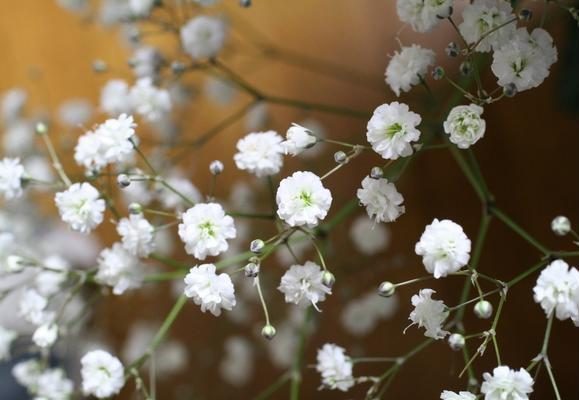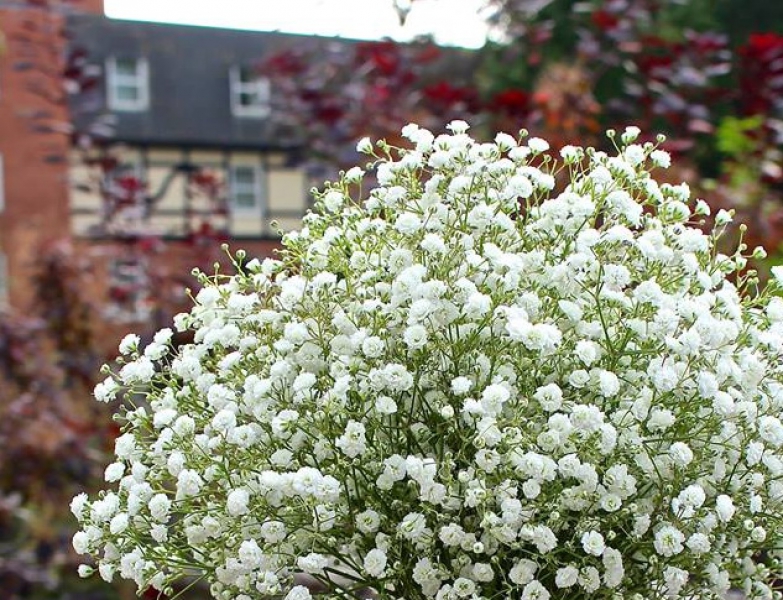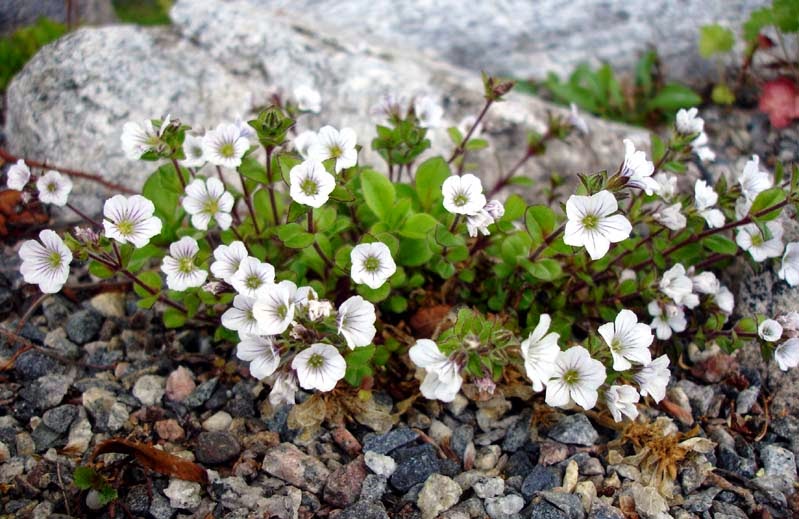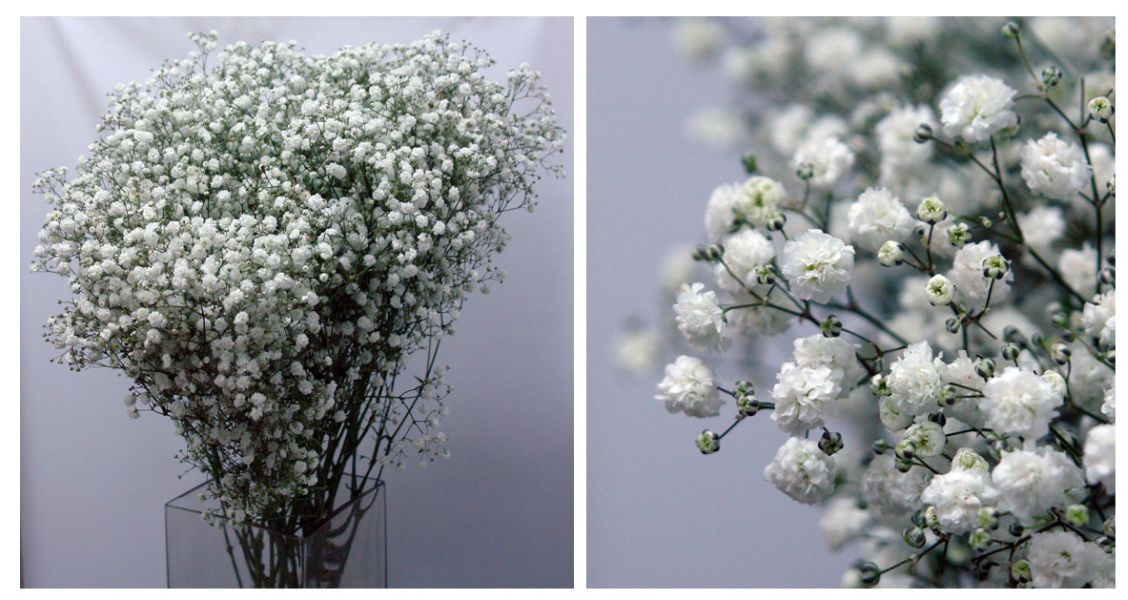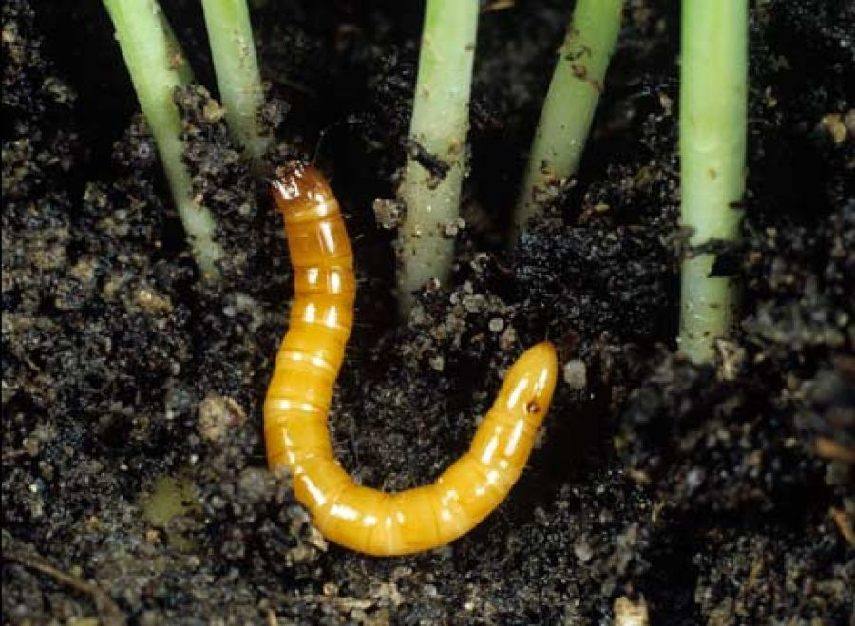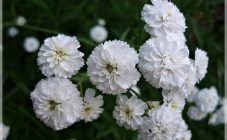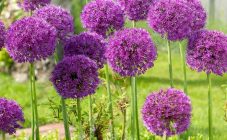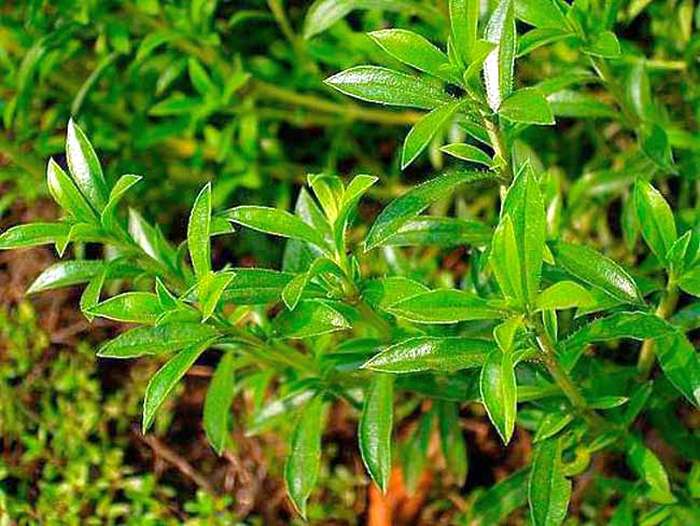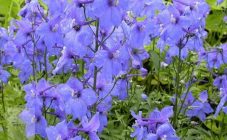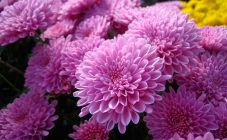Content:
Gypsophila is known for its unusual flowering. It has many thin stalks, densely covered with small flowers, which creates a feeling of "cloudiness" of the bush. In addition, many people know it for some useful properties. It is impossible to officially use gypsophila for treatment, since it was not included in the register of medicines of the Russian Federation, but many healers and herbalists use the plant in folk medicine.
What is gypsophila: flower description
Gypsophila is a herbaceous plant of the Clove family. It is believed that this flower comes from Southern Europe and Asia, but it is also found on the shores of the Mediterranean and in Australia. More than 30 species are distributed on the territory of Russia, and there are about 150 of them in total. They can be both annual and perennial. The meaning of the name of the flower "gypsophila" in translation from the Latin language - loving lime, and really this culture feels great in limestone soil. The plant also has other names: gypsum lover, swing, tumbleweed.
The flower grows in the form of a shrub or semi-shrub up to about 20-50 cm tall. It is distinguished by its extraordinary drought resistance and frost resistance, loves open ground and sunlight.
The stalk of the gypsophila is slender, erect and has almost no leaves. A few leaves are miniature, oval or lanceolate in shape, green in color. The branches of most varieties grow in a ball shape. Flowers are small, collected in paniculate inflorescences. They are white in most varieties, but pink colors are also found.
The rhizome of the herbaceous plant is powerful, pivotal, but not deeply planted. The fruit is an ovoid or spherical capsule with seeds, which are suitable for reproduction of the culture for 2 years. When planting gypsophila seeds in spring, the plant will bloom in summer. In addition, some of its species can be propagated vegetatively, but this is a more laborious process, in which not all cuttings take root.
Common species and varieties
There are species that have gained particular popularity among Russian flower growers.
Gypsophila paniculata
The tallest representative of the culture, which can grow up to 1 m and more. It is a perennial. By its external features, it can be recognized by its branched stem, on which gray-green pubescent leaves are located. The flowers of this variety are light in color and can be either simple or double, but they are necessarily collected in paniculate inflorescences. The species includes several bred varieties that differ in color and height:
- grade Snowflake... Has a dark green color of stems and leaves. It begins to bloom in June, completely covered with double white flowers. The diameter of the bush reaches 50 cm;
- Flamingo variety. Also blooms in double flowers, but pink. The average height is 60-70 cm.
Gypsophila graceful
A spherical ornamental shrub that rarely exceeds 40-50 cm in height. Annual. Shoots branch and have lanceolate leaves. It blooms very profusely, forming loose panicles of inflorescences, but only for a short time. Includes varieties:
- Carmine. Blooms in bright carmine-red inflorescences;
- rose flower... Produces pink inflorescences.
Gypsophila cephalic
This species is also a perennial, like the gypsophila paniculata. It is unpretentious in care, resistant to droughts and very cold climates. The inflorescences are rounded, with small pale white or purple flowers. The stems are strong enough, but they branch and bend to the ground, which is why the bush reaches a height of no more than 15 cm.
Gypsophila creeping
The plant has a stem creeping along the ground with linear dark green foliage. The flowers are very small and located at the ends of the shoots. Growing up, they cover the ground very beautifully, forming an "openwork veil". This type includes:
- variety Pink haze... It blooms very profusely. Greens are practically invisible behind bright pink inflorescences;
- grade Monstroza. It also blooms profusely, but with white flowers.
Gypsophila excellence
A special variety that grows wild in Kenya, Ethiopia and Ecuador. Belongs to one of the tallest representatives of this genus (height up to 80 cm). It has almost no leaves and produces inflorescences only at the tips of the shoots. Florists often call it "harmony" among themselves.
Planting and further care of gypsophila
Growing gypsophila does not require excessive expenditure of energy, but to get a lush, beautiful bush, you need to try. The culture requires periodic feeding, loosening the soil and moderate watering. It is better to grow it outdoors, where there is a lot of access to the sun. From soils, the plant prefers a lime-drained soil. However, it can be grown in any other soil, if you create a good alkaline environment. To increase the duration of flowering and accelerate the growth of the plant, fertilizers are applied once a month (alternately organic and mineral).
Gypsophila likes to have a lot of space around her, so this feature should be taken into account when planting. Otherwise, close planting interferes with the normal rate of growth and development. When planting a perennial variety, it is better to immediately plant the bush in a permanent place, since transplants are painful for gypsophila. The culture can be propagated by seeds and cuttings.
What diseases and pests are dangerous for gypsophila
If the gypsophila is often poured, not provided with proper care, then it can get sick with rust or fruit rot. In addition to these diseases, she can suffer from cyst nematodes. In the first case, the plant is treated with fungicides (copper sulfate or Bordeaux mixture) through spraying, and repeated insecticide treatment will help from pests (each session after 4-5 days). Sometimes nematodes show increased drug resistance. In such a situation, only removing the bush from the ground and rinsing the roots in hot water (50–55 ° C) will help. Water with a lower temperature is not suitable, as the parasites die at temperatures above 40 ° C.
How to dry gypsophila
Gypsophila flowers lend themselves to complete harvesting of raw materials only in those countries where the plant is officially recognized as a medicinal product. In other territories, only flower roots are used in folk medicine. They are dug up only during the flowering period of the bush. The resulting material is washed clean from dirt, chopped into pieces of 4-5 cm and completely dried.Store the dried roots of gypsophila in a dark place where there is no moisture. The shelf life should not exceed 3 years.
From many remarkable facts it is obvious how unique the gypsophila flower is. It is of great interest among scientists, adherents of traditional medicine and just among flower growers. An unobtrusive neat shrub is increasingly being planted by many landowners, and not only for its useful properties, but simply to please the eye with its harmonious beauty.
